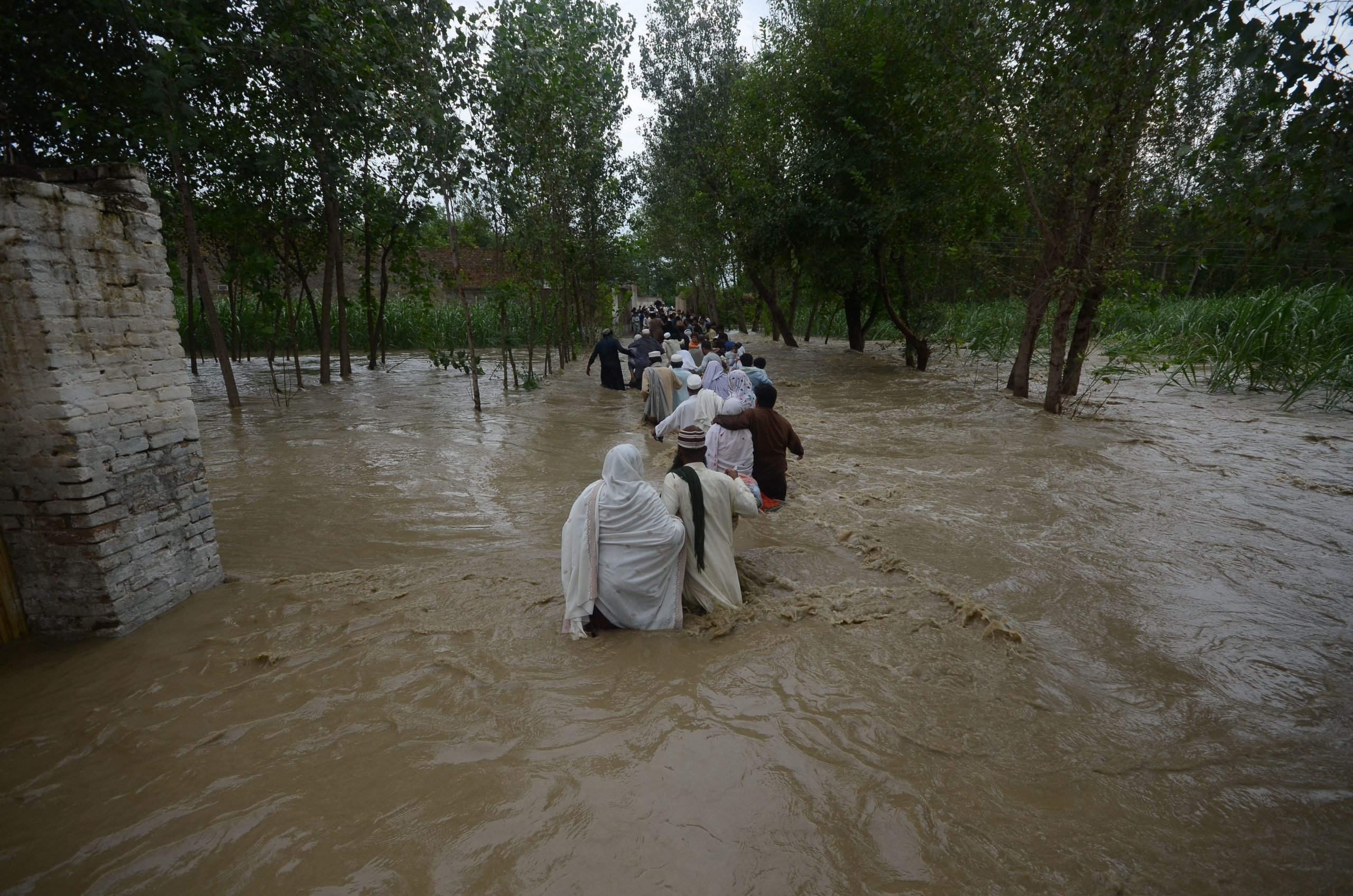Environmental racism refers to the injustice observed towards low-income and minority communities who are the most vulnerable and easy targets of health hazards due to residing near landfills and toxic waste dumps.
The practice of creating landfills in areas where minority races and poor class people live is evident worldwide and Pakistan is no exception to this ecological apartheid. In Pakistan, Peshawar, a historical city sharing border with Afghanistan is unfortunate to see environmental injustice against the low-income communities. However, it is observed that the community that mostly bears the brunt of this environmental injustice in the capital of KP is the Afghan community, especially the Afghan immigrants belonging to the lower social strata. The areas they live in have the most landfills particularly in Bihari colony and the rural colonies in Tehkal. Even the waste pickers in the posh areas outside these colonies are mostly poor Afghan immigrants who go to the houses, collect the garbage and dump it into the nearby landfills. These instances of environmental racism become the cause of their health degradation and the spread of various illnesses.
The city sees the ill-fated Afghan children being deprived of the right to breathe clean air, drink clean water and eat healthy food. They mostly live in slums with no proper facilities of sanitation or drainage. The local authorities and politicians have rarely passed an environmental policy or a bill that works in favour of poor Afghans who come to seek shelter in Peshawar from the war-zones and war-conflicted areas of Afghanistan. These acting authorities have adopted a look-the other-way approach that turns a blind eye towards the plight of poor Afghan refugees that suffer the adverse effects of environmental racism. When will the Afghan refugees be seen as people who also deserve the same environmental rights and privileges as do other Pakistani citizens? The question remains unanswered and proves the subtle and implicit hostility of Pakistani authorities towards the Afghan minorities.
Image – Alamy

